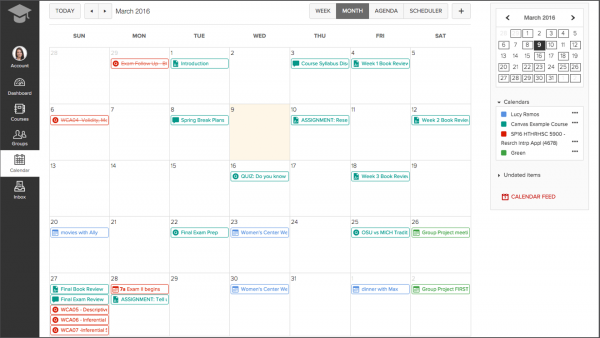Student Success Hinges on Three Instructional Choices

No. 1: Give all assignments and required activities due dates.
No. 2: Post all student grades to the grade book.
No. 3: Post the complete syllabus under the syllabus link.
- The syllabus link at the top of the course navigation.
- A module at the top of the Modules page, usually named to indicate the first week of the term or course information within.
- Linked or embedded directly on the course homepage.
The Larger University Effects
When all courses meet these three minimum requirements, students have a more positive, consistent experience and are both more prepared and accountable for the work that is expected of them. Instructors often become frustrated with missed assignments and student performance issues, and meeting the expectations of these design choices is the first step in solving these problems. When the information for all of their courses is clear and centralized in one location, students take greater ownership of their coursework, view their instructors as more organized and professional, and have an overall stronger sense of responsibility for their progress through college. As instructors, we can easily become focused on our role, our process and our convenience. Removing ourselves from our view and taking a student's view (link is external)of your course regularly is a great way to ensure the experience is as you intend.
ODEE conducted a series of focus groups during autumn semester 2017, and students' candid feedback supports the instructional choices outlined above. Students value logical organization, due dates and grades, as these responses surfaced throughout multiple focus group sessions:
